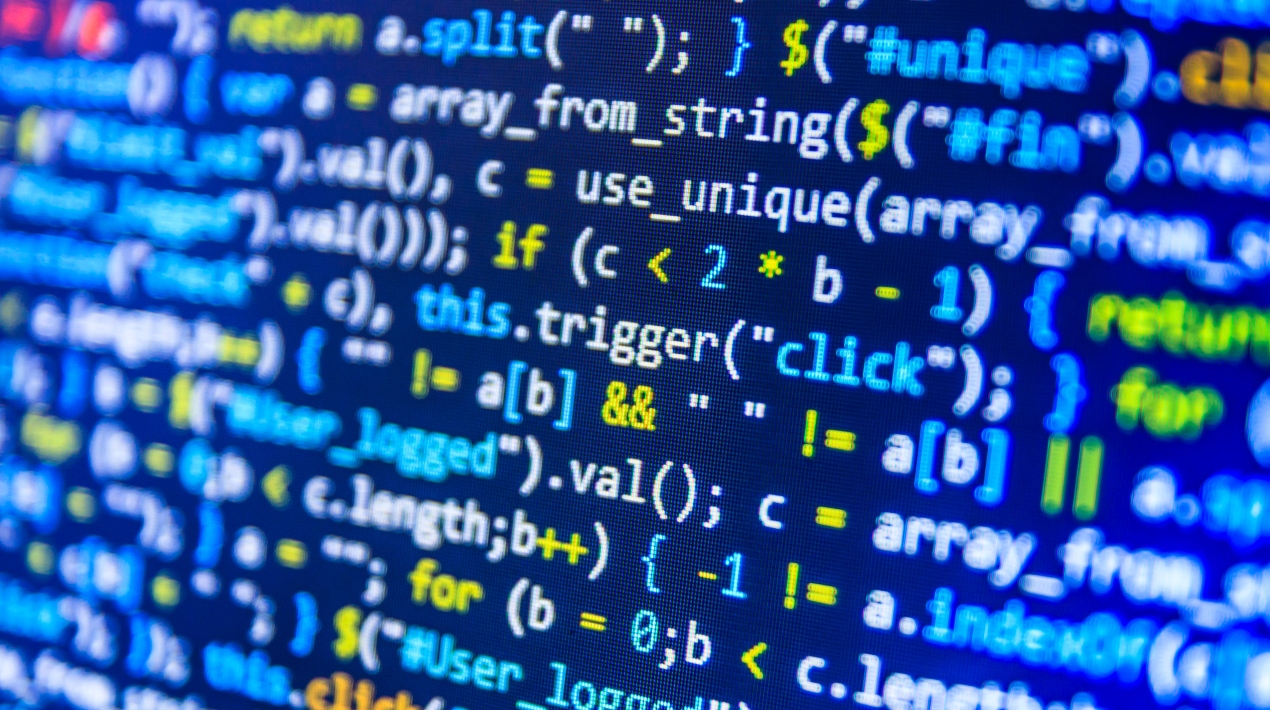
MIT researchers developed a training curriculum for soldiers in the United States Air and Space Forces to deepen their understanding and use of artificial intelligence (AI) technologies. The project, recently presented at the IEEE Frontiers in Education Conference, aims to improve AI learning outcomes for individuals with distinct educational qualifications.
MIT scientists supervised a research study to examine the content, evaluate individual learners’ learning outcomes during the 18-month trial, and propose innovations and insights that would allow the programme to scale up.
Most educational programmes were delivered online, either synchronously or asynchronously. According to the findings of the peer-reviewed study, programme researchers discovered that this technique was effective and well-received by employees from various backgrounds and professional roles.
Hands-on learning was well received by military troops, who also valued asynchronous, time-efficient learning experiences that fit into their hectic schedules. They also preferred a team-based, learning-by-doing experience, although they desired material that incorporated more professional and soft skills.
“We are digging further into broadening what we think the learning potential is, guided by our questionnaire but also from understanding the process of learning about this kind of scale and complexity of the work. But ultimately, we want to provide genuine translational value to the Air Force and the Department of Defence. This study has a real-world impact for them,” said Principal Investigator, Cynthia Breazeal, the Dean of Digital Learning at MIT, the Director of MIT RAISE (Responsible AI for Social Empowerment and Education) and the Head of the Media Lab’s Personal Robots research group.
The researchers recorded the educational backgrounds and occupational responsibilities of six groups of Air Force members from the set of profiles. The team then developed three archetypes that were used to produce “learning journeys,” a series of training programmes aimed to teach each profile a set of AI skills. The three general military personnel are leaders, developers and users. Depending on the users’ needs, each learning journey contains various information and styles.
Following the session, researchers conducted interviews and questionnaires to assess the course material, including the topic, pedagogies, and technology used. Learners and staff from the programme provided input on how 230 Air and Space Forces soldiers participated in the course. They also worked with MIT academics to conduct a content gap analysis and recommend ways to improve the curriculum to address the needed skills, knowledge, and mindsets.
The researchers discovered that students desired more opportunities to interact with their peers through team-based activities. They are also more likely to communicate with teachers and AI specialists via online courses’ synchronous components. While most soldiers considered the content fascinating, they wished to see more instances directly pertinent to their day-to-day job and the Air and Space Forces’ broader mission.
Based on these findings, the team is improving the educational content and adding new technical features to the portal for the following research iteration. In addition, they are developing knowledge checks to be included in self-paced, asynchronous courses to assist learners in engaging with the content.
They are also adding new tools to support live Q&A events with AI experts and help build more community among learners. The team is also looking to add specific Department of Defence examples throughout the educational modules and include a scenario-based workshop.
The Department of the Air Force–MIT Artificial Intelligence Accelerator funded the project. Currently, the study is still underway and will extend through 2023. As the survey progresses, the programme team focuses on enabling this programme to reach a larger scale.
Major John Radovan, Deputy Director of the DAF-MIT AI Accelerator, expected the training could upskill at the scale of 680,000 workforces across diverse work roles, all echelons. Because as the largest employer in the world, The U.S. Department of Defence need to make sure its employees are all speaking the same language.
















